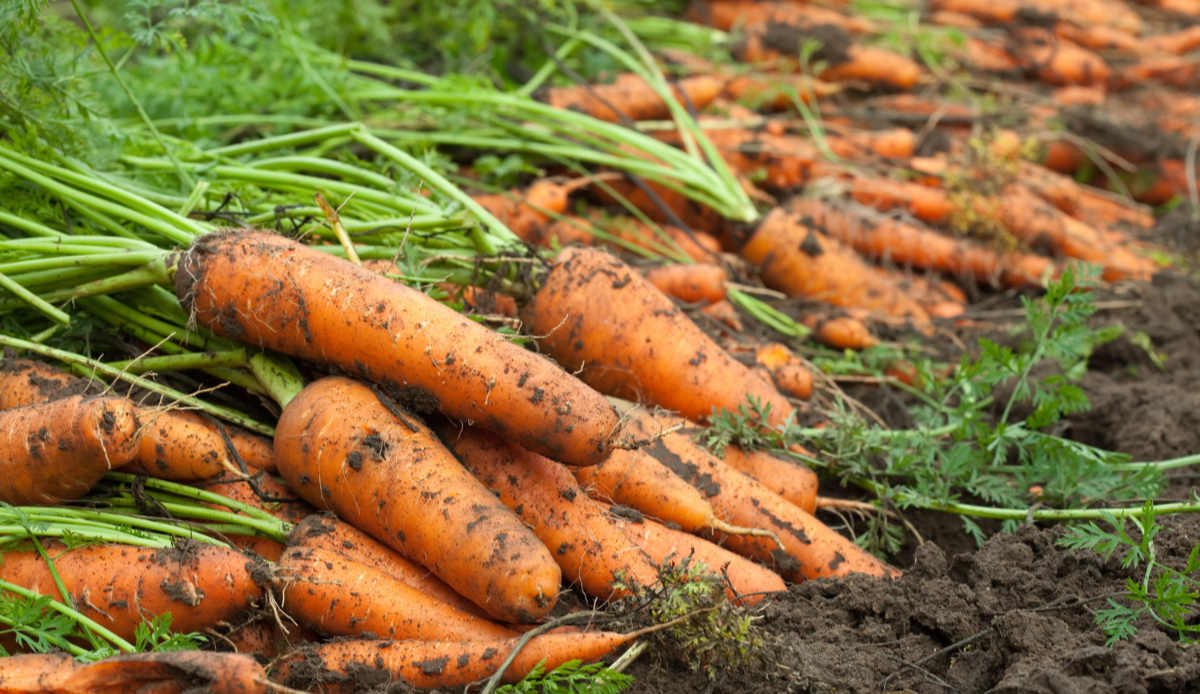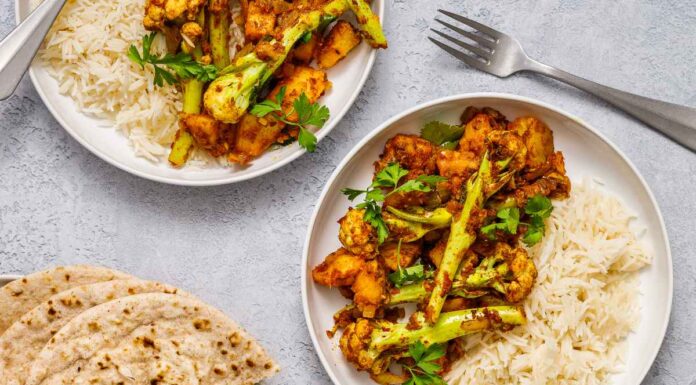Most of us are up to speed on the global need to reduce food waste. We know there’s really nothing wrong with so-called ‘wonky veg’ – an ugly carrot tastes just as good grated into carrot cake as a ‘perfect’ one. And it’s an unavoidable fact that farmers often end up with produce gluts they can’t shift.
But do you know what gleaning is? Because it can help tackle all three of those scenarios – and feed quite a few people to boot.
According to The Waste and Resources Action Programme (WRAP), up to five million tonnes of food is wasted on farms each year, however, gleaning offers a second life to some of that surplus through redistribution.
We’ve scooped up 18 kilos lovely fresh apples for tomorrow’s #discochop at the Georges in #knowsley, part of the #growproject with @knowsleyhousing @oneark_helen @EdiblesKnowsley @GroundworkCLM pic.twitter.com/xeX9nat9sr
— The Alchemic Kitchen, North West (@AlchemicKitchen) February 18, 2020
What is gleaning?
“Gleaning is an activity where volunteers connect with local farmers to harvest surplus fruits or vegetables that would otherwise not be sold or eaten for various reasons; from overproduction, to changes in supermarket orders, to arbitrary cosmetic standards,” explains Christina O’Sullivan, campaign and communications manager at Feedback, which runs The Gleaning Network. “Community members volunteer their time to glean [harvest] the surplus produce, which can then be redistributed to various projects and organisations in the region.”
Is it illegal?
Nope – as long as you’re liaising with farmers directly and not just absconding with piles of parsnips that look like they’re going to waste (that’s stealing, which is definitely illegal). Feedback, for instance, organises specific ‘Gleaning days’ with permission from farmers, so volunteers can descend all on one day and pick/harvest as much as possible in one hit.
Halving #foodwaste is one of the top three actions that individuals, companies and the government can take to tackle the climate emergency. Tell the government to make businesses come clean on waste #ThursdayThoughts https://t.co/Xm7qWnQIx2 pic.twitter.com/a82R4QUYWa
— Feedback (@feedbackorg) February 6, 2020
What are the benefits?
Aside from the clear environmental benefits (gleaning “stops good food – from farms – going to waste”) there are also lots of social benefits. “Volunteers get to spend time in nature, learn about food waste in supply chains and farming,” says O’Sullivan, plus, “individuals also get access to fresh fruit and veg.” It’s like pick-your-own, except you’re not five years old eating far more strawberries than you manage to put in your punnet.
Instead, you’re helping the farmer out with their surplus apples/courgettes/root veg etc, making friends as you harvest, supporting local charities and food banks that might be in need of fruit and veg supplies, and enjoying a day outside.
How can you get involved?
To start with, find out if there are any gleaning groups already taking action in your area, and if not, start one of your own. Feedback have a whole toolkit designed to help you get set up, offering tips on talking to farmers, doing your research, and understanding what’s possible where you live.




































































